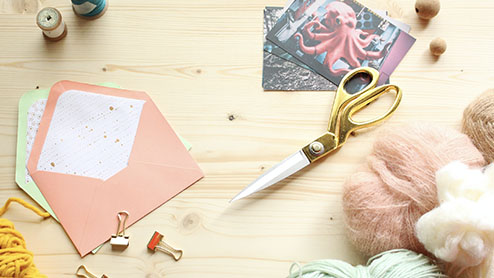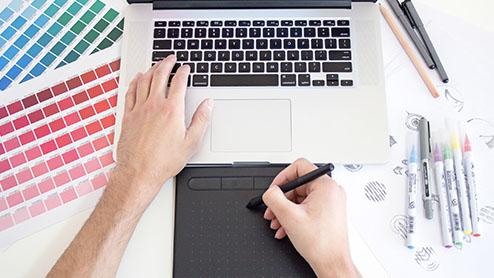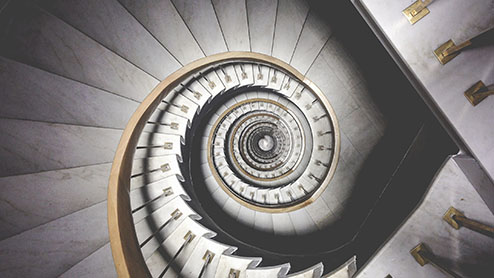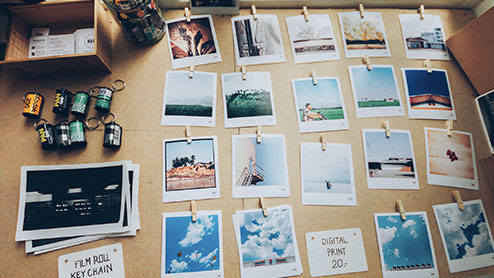Tips & Tricks for Taking Self- Portraits
Even if you have an exceptional eye for photography, self-portraits can be difficult. Not only are you likely to be your own biggest critic but coming up for a way to capture your own essence creatively and technically can be a struggle. Use these tips and tricks to take great self-portraits with your phone or digital camera.
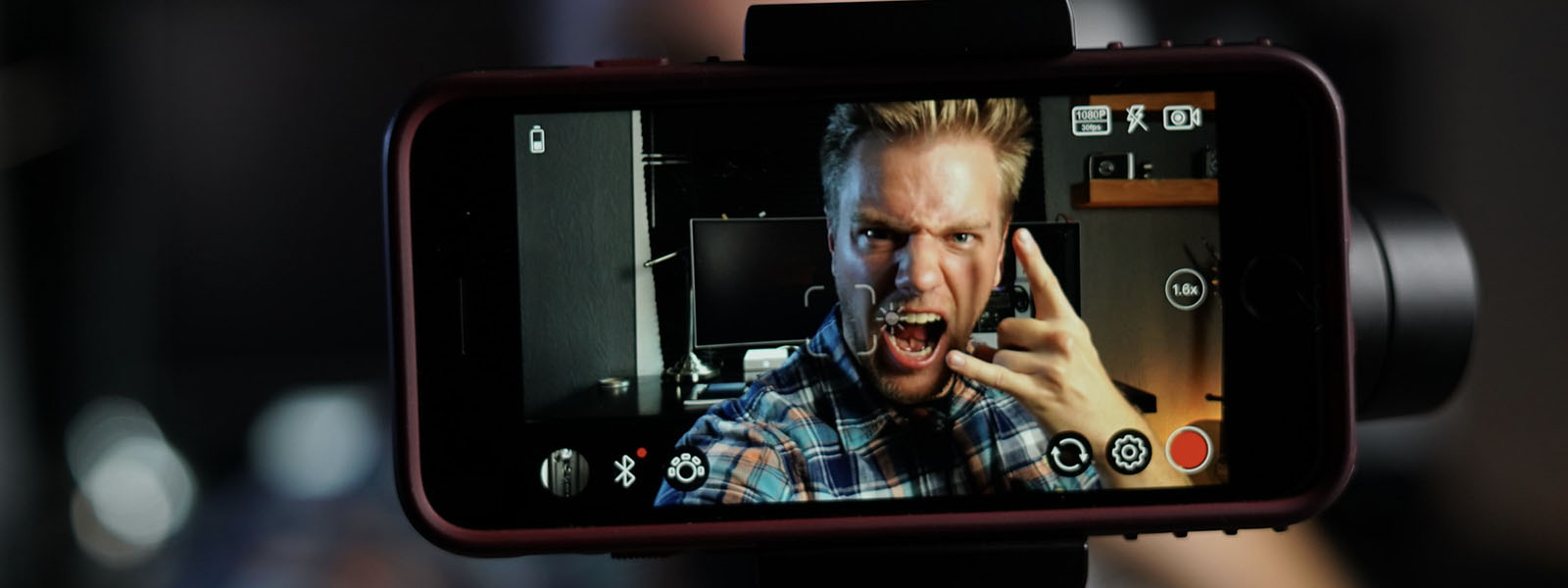
How to Do a Self-Portrait
Photography skills can take time to develop. Mastering a digital camera, or even all the controls on your smartphone’s camera isn’t an overnight process. Not every photographer chooses to focus on portraits and may instead choose architecture or nature as subject matter. However, learning how to take a self-portrait is a useful skill set and a great exercise in photographic know-how. These tips can help you take a creative picture of yourself or even a new headshot!
Use a Tripod
A tripod is an essential tool for a photographer. Not only does it allow you to shoot in low light conditions and capture long exposures, but it promises sharper images and improved stability. If you’re holding a camera, there’s a possibility that you could move and mess up your shot. If you’re balancing your phone against a coffee cup, there’s always a chance that things could move. The stability of the tripod forces a photographer to take time setting up the shot and focusing the camera ahead of time, which ensures that you won’t be out of focus or fading into the background.
If you’re planning to take your own self-portraits, a tripod is a must. In fact, there are even tripods for smart phones, which mean that you can create great images with any kind of camera. If you’re planning to take a lot of similar pictures in one shoot, a tripod is necessary to create consistency.
Shoot in Burst Mode
Most smartphone cameras and digital cameras have a feature called burst mode, or continuous shooting mode. It causes your camera to take many pictures at once, so you can review them afterward. Depending on your camera, you can shoot anywhere from 5 to 60 images per second with burst mode!
If you’re handling your own photoshoot, it can be exhausting to set a timer and race in front of the lens over and over again until you get a shot you’re satisfied with. Instead, use burst mode and a remote for your camera’s shutter to take a series of photos in quick succession. You’re bound to end up with a self-portrait that you’re happy with.
Pay Attention to Lighting & Location
If you’re attempting to take a self-portrait, consider all the variables that can affect your shot. Location is one of the first things you should decide when planning a shoot:
- Indoors. Shoot at home, in an indoor photo studio, or in a place of business.
- Outdoors. You might plan a shoot in your own backyard or on your porch. Maybe there’s a public park nearby or a playground that could create a fun location.
- Nature. If you’re a hiker, pack your camera and tripod and set up your shoot in a remote, natural setting. Another option is in a botanic garden or greenhouse.
- Urban. If you live in an urban area, maybe there’s an iconic local landmark you’d prefer to shoot in front of, or a mural that would make a great backdrop.
You might choose your location based on something meaningful to you or simply because of the aesthetics.
Lighting makes a huge different in photography. You can illuminate details or make your composition dark and moody, simply by playing with light, shadows, and contrast. If you’re looking for a soft golden light, shoot outdoors during sunrise or during the golden hour just before sunset. Achieve a more artistic, industrial look by using fluorescent lighting to your advantage. Professional photographers might use additional lighting elements with colored gels to add a new element to their photography, but you might find success by using a neon sign to add an artistic pop of colored light into your self-portrait. If you’re taking a more professional self-portrait, like a headshot for your company website, personal brand, or social networks, you may want to use a ring light, which can provide, warm, bright light that illuminates your entire face.
Background & Props
Thinking of a background in photography may bring up memories of picture day at school or a photo studio in the mall, but they can be useful for self-portraits. Even using a simple white, light gray or blue sheet as a neutral backdrop can be helpful.
The personality and look you bring to your photoshoot can really shine in self-portraits. Wear an outfit that makes you feel confident and fits the overall aesthetic that you’re trying to achieve. Take time with your hair and makeup, if that’s applicable, and find a look that works and shows off your face and personality. In other situations, props can help your self-portrait pop. Think about sunglasses, flowers, or even sparklers. While posing with your pet or your car might evoke memories of your senior pictures, if that’s what you want to use in your self-portrait, go for it!
Get Creative
Don’t be afraid to experiment with photography when taking a self-portrait. Here are some creative ideas that can help you achieve some truly artistic photos of yourself:
- Double exposures. This effect is typically achieved when using a traditional film camera. You rewind the film one frame and take one picture over another to create an interesting effect. Some digital cameras allow you to shoot in multiple exposure mode as well. If you plan your shots carefully, you can create some truly unique images and self-portraits.
- Mirrors. Take your self-portrait while looking into a mirror or use multiple mirrors to achieve a neat effect. Experiment with different angles and capture a new side of your personality.
- High contrast. Using black and white film or setting your digital camera to shoot in black and white can emphasize details in your self-portrait. Since only two colors are at play, you may need to really consider your outfit and your surroundings, so you don’t get lost in your setting. A black outfit against a black building will make you look like a floating head if you’re shooting a self-portrait in black and white. However, it would make for a unique, creative photo.
- Details. A self-portrait doesn’t need to be confined to just your face. Try focusing on the details like your hands or ears, or even the curve of your lip. If you’re a dancer and you have well-worn feet, you may want to feature them in your photo. Similarly, if you wear a signature pair of glasses every day, they may be a prominent part of your self-portrait.
Photography can be a rewarding personal hobby or career but taking a self-portrait can be difficult for even the most seasoned cameraperson. These tips and tricks for taking self-portraits may give you a new, creative way to think about photographing yourself.

Get started with Microsoft 365
It’s the Office you know, plus the tools to help you work better together, so you can get more done—anytime, anywhere.
Learn more
